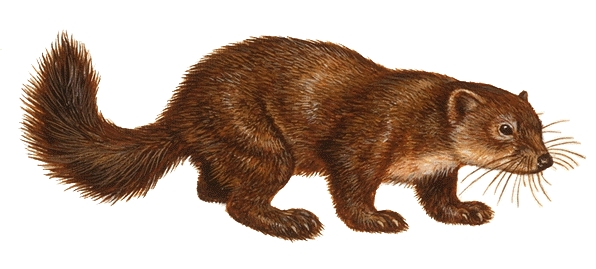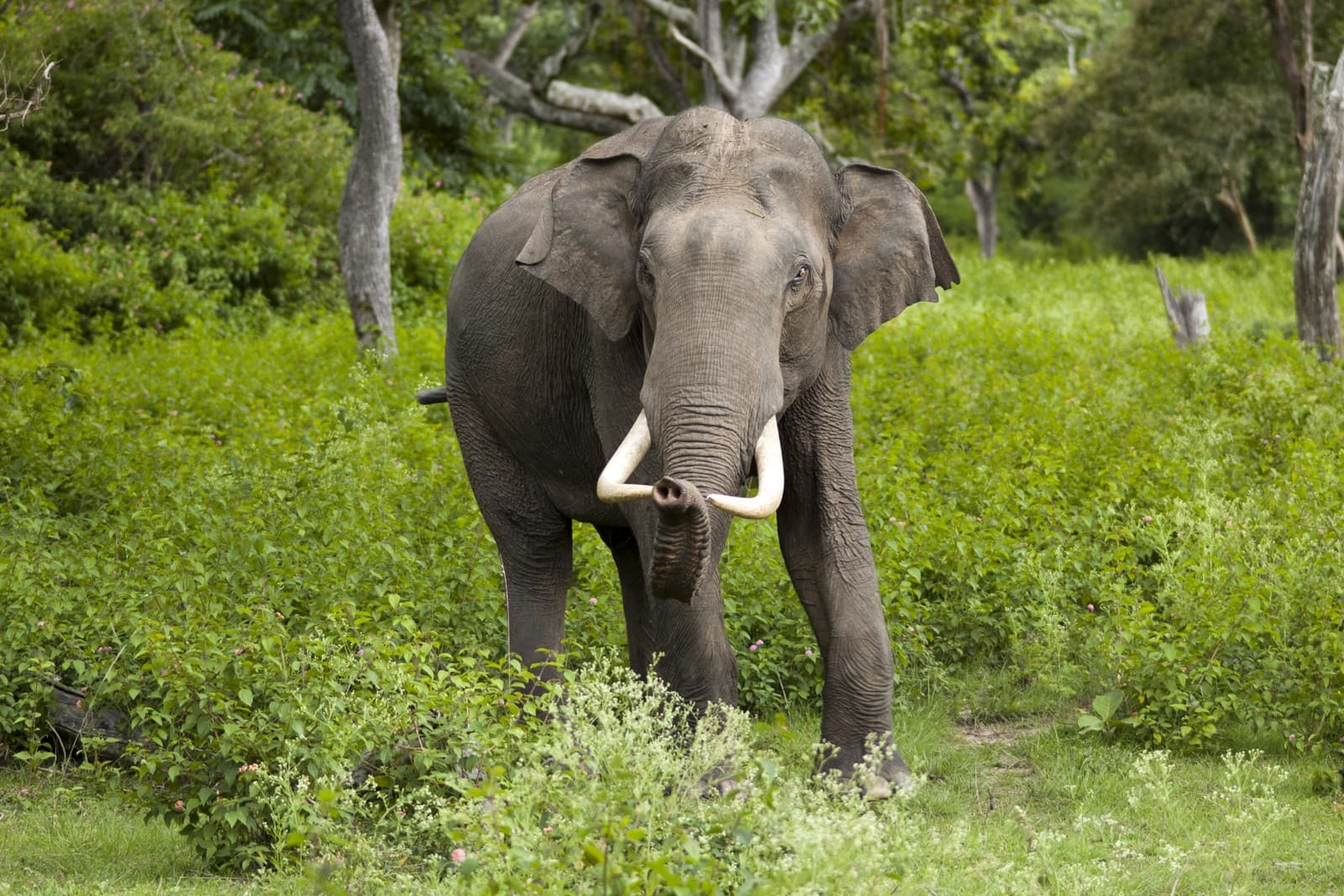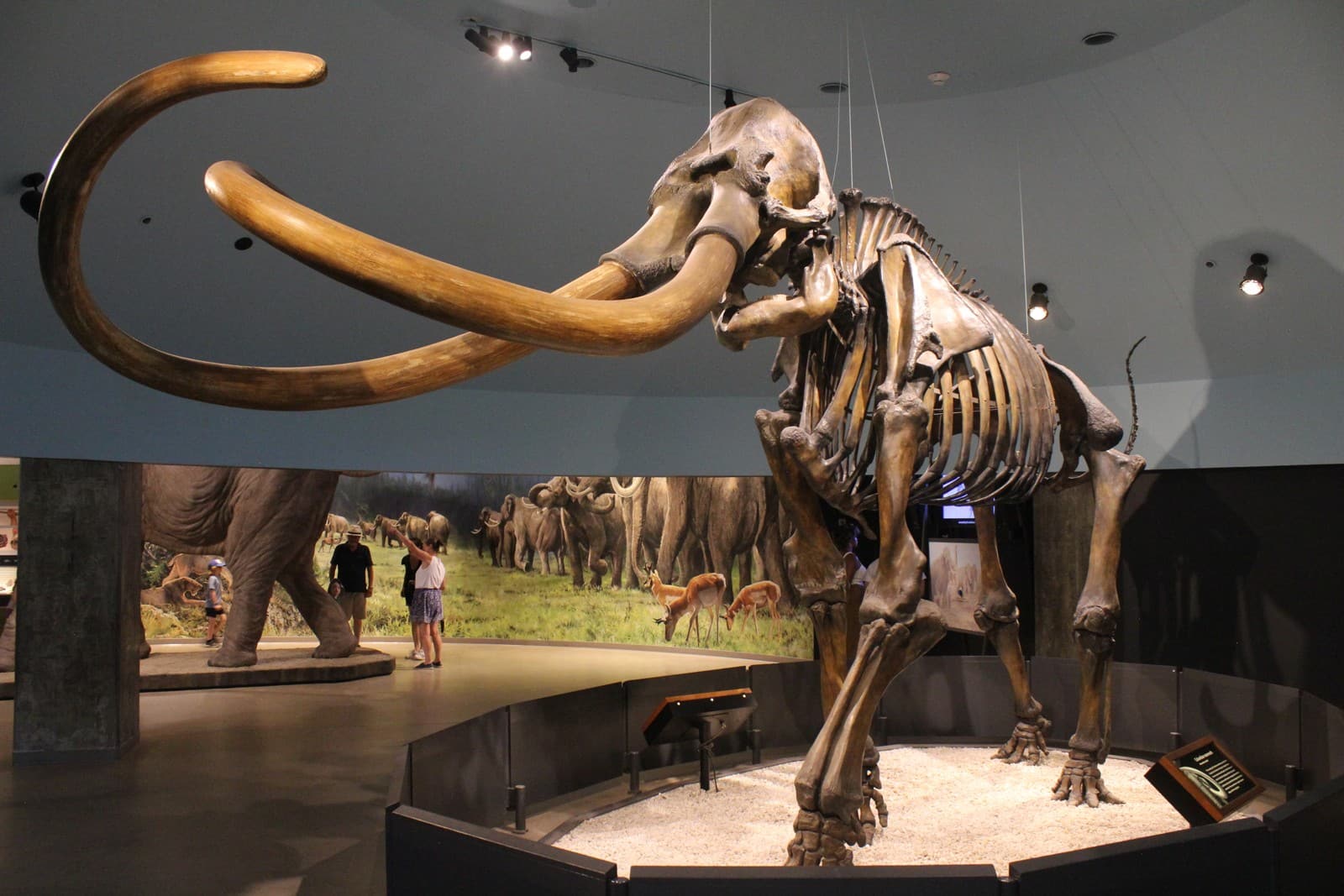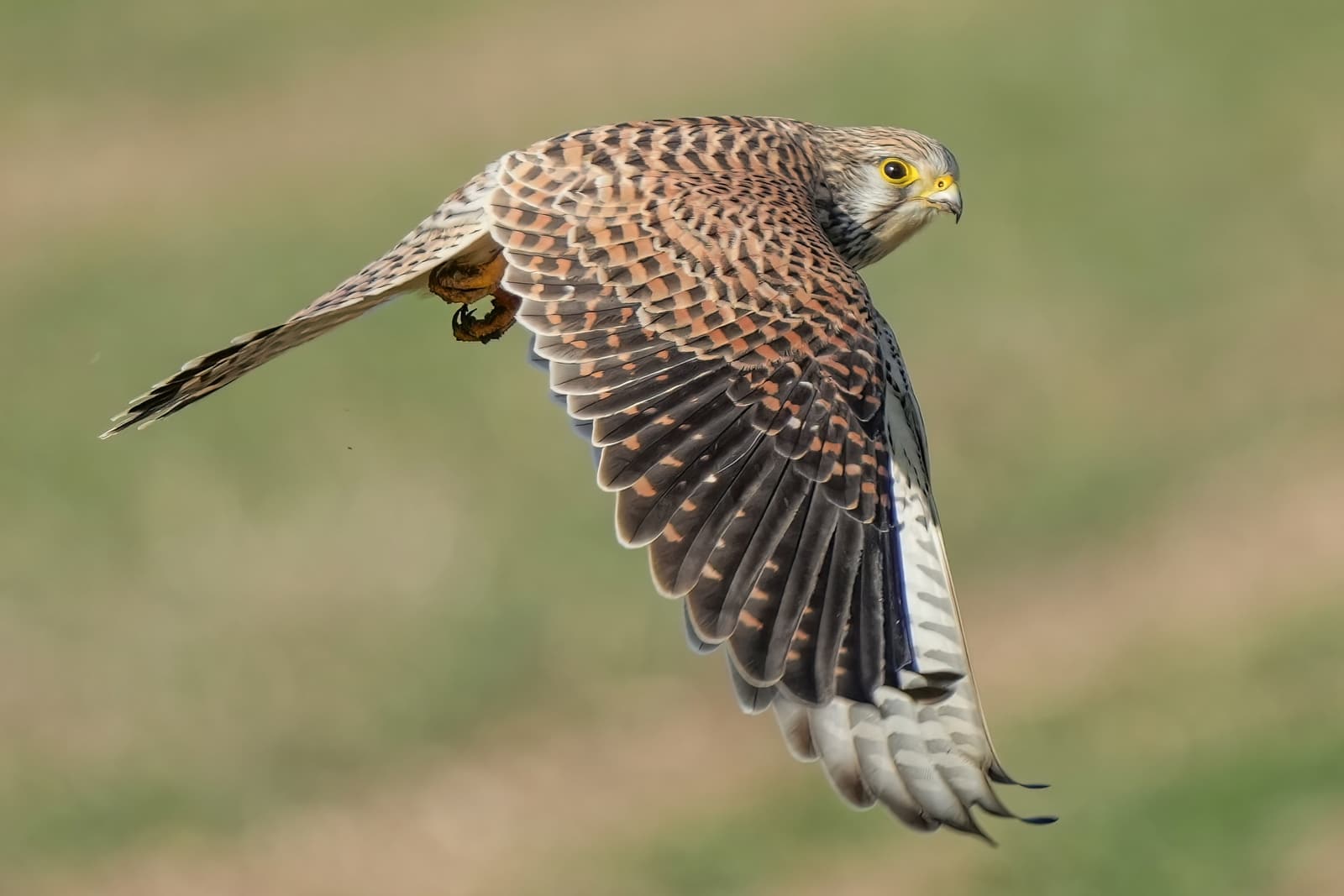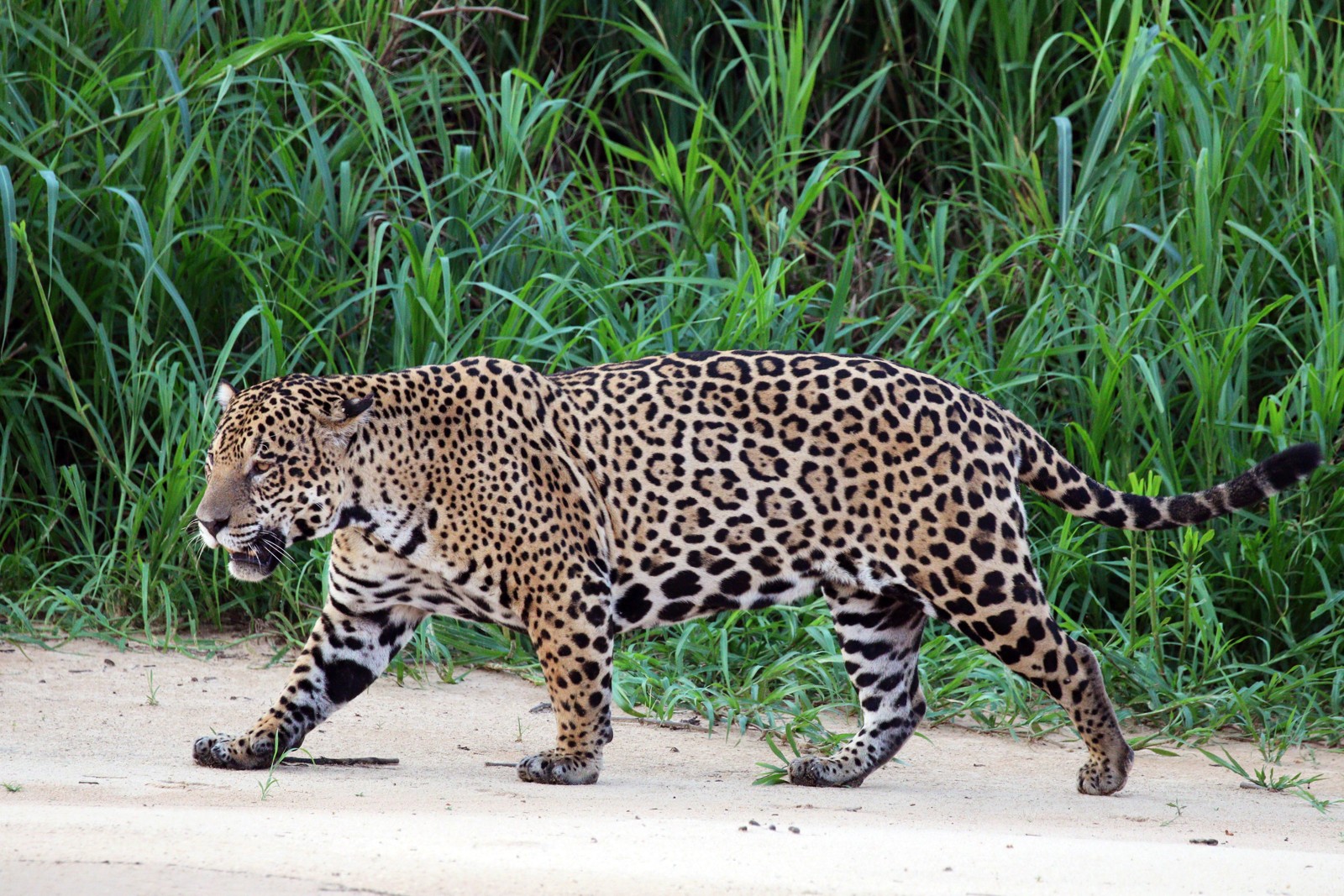Harpy Eagle vs Philippine Eagle: A Complete Comparison
When comparing the Harpy Eagle vs Philippine Eagle, we’re examining two of Earth’s most formidable aerial predators. These forest monarchs represent the pinnacle of raptor evolution, with the Harpy Eagle ruling the Americas and the Philippine Eagle reigning over Southeast Asian rainforests. While the Philippine Eagle claims a slightly larger wingspan at 6.5-7.3 feet (2-2.2 meters), the Harpy Eagle boasts more powerful talons and greater body mass.
Both eagles stand as apex predators in their respective domains, though they face different challenges in the modern world. The Philippine Eagle is critically endangered with fewer than 400 breeding pairs remaining, while the Harpy Eagle, though vulnerable, maintains a more stable population across its range. Let’s explore how these magnificent birds compare in detail.
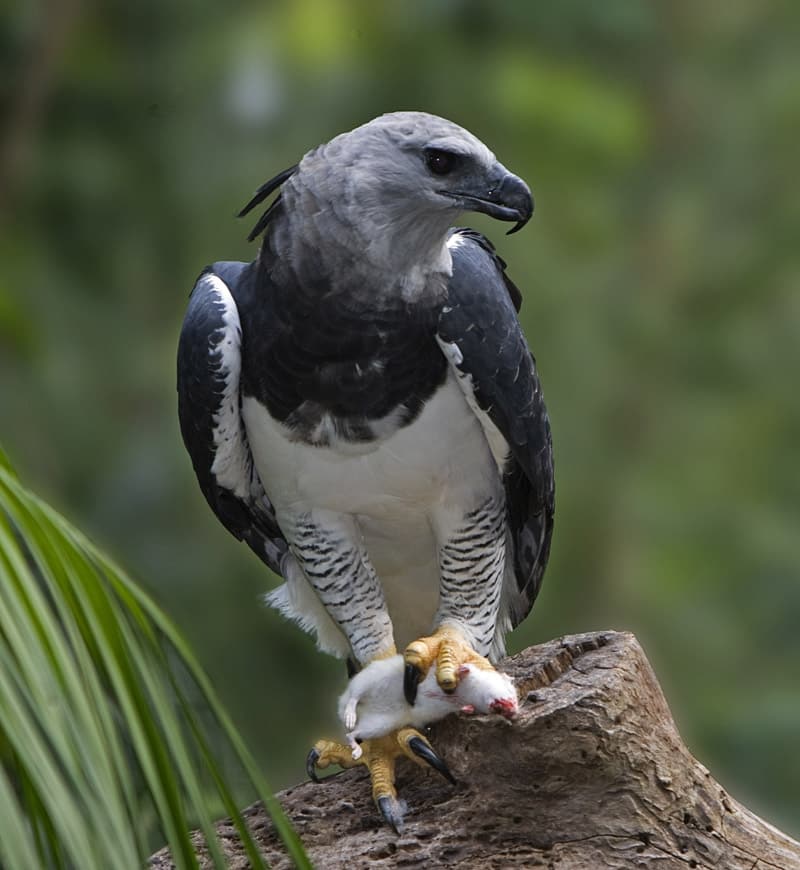
© http://www.birdphotos.com / CC BY 3.0
The Harpy Eagle demonstrates its legendary hunting prowess with massive talons that can exert a grip strength of 530 PSI - stronger than a grizzly bear’s bite force. These powerful weapons enable it to snatch prey weighing up to 17 pounds (7.7 kg) from the rainforest canopy.
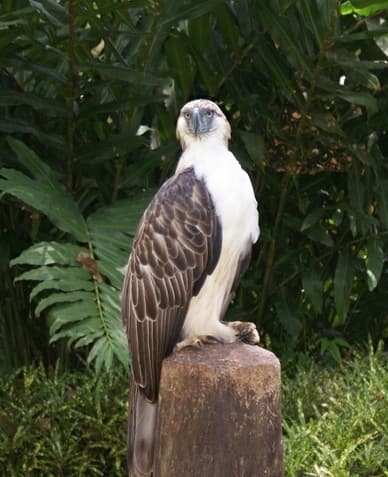
© scorpious18 on Flickr / CC BY 2.0
The Philippine Eagle, also known as the Monkey-eating Eagle, showcases its distinctive shaggy crest and piercing blue-gray eyes. This critically endangered raptor specializes in hunting arboreal prey in the dense Philippine rainforests, demonstrating remarkable agility despite its massive size.
Key Physical Differences
| Feature | Harpy Eagle | Philippine Eagle |
|---|---|---|
| Wingspan | 5.9-6.5 ft (1.8-2 m) | 6.5-7.3 ft (2-2.2 m) |
| Weight | 8.5-20 lbs (3.8-9 kg) | 8-17.6 lbs (3.6-8 kg) |
| Talon Size | 5 inches (12.7 cm) | 3.5 inches (8.9 cm) |
| Crest Style | Flat, fan-like | Long, shaggy |
| Primary Colors | Gray and white | Brown and white |
| Habitat Range | Central/South America | Philippine Islands |
Hunting Strategies and Prey
The Harpy Eagle and Philippine Eagle employ different hunting techniques shaped by their distinct environments. Harpy Eagles are ambush specialists, using their incredible strength to crash through the canopy and capture monkeys and sloths. Their massive talons can pierce deep into prey, making them especially effective at handling large mammals.
Philippine Eagles, meanwhile, rely more on stealth and precision. They glide silently through dense forest, targeting Philippine sambar deer, flying lemurs, and various monkey species. Their longer wings enable superior maneuverability in thick vegetation, though they generate less raw power than Harpy Eagles.
Conservation Status and Threats
Both species face significant challenges, but the Philippine Eagle’s situation is particularly dire. With only 400 pairs remaining in the wild, it’s considered critically endangered due to:
- Extensive deforestation
- Human persecution
- Limited island habitat
- Low reproduction rate
The Harpy Eagle, while vulnerable, maintains a larger population across a broader range. However, it faces similar threats:
- Habitat fragmentation
- Hunting
- Human encroachment
- Slow breeding cycle
Who Would Win in a Confrontation?
While such encounters would never occur naturally, analyzing physical capabilities suggests the Harpy Eagle would likely dominate a theoretical confrontation. Key advantages include:
- Greater body mass
- Larger talons
- Stronger grip force
- More powerful build
However, this comparison serves purely academic interest, as both species are magnificent predators perfectly adapted to their respective environments.
Conservation Efforts and Future Prospects
Conservation initiatives for both species focus on:
- Habitat protection
- Captive breeding programs
- Local education
- Anti-poaching measures
- International cooperation
Success stories exist for both eagles, with breeding programs showing promising results. However, long-term survival depends on preserving their rapidly diminishing forest habitats and reducing human-wildlife conflict.
These magnificent raptors represent irreplaceable components of their ecosystems. Their continued survival hinges on our ability to protect the remaining rainforests they call home and ensure future generations can witness these remarkable forest monarchs in their natural habitat.
